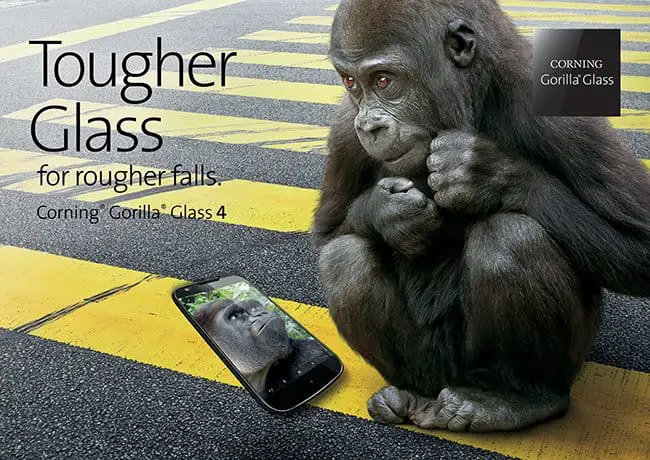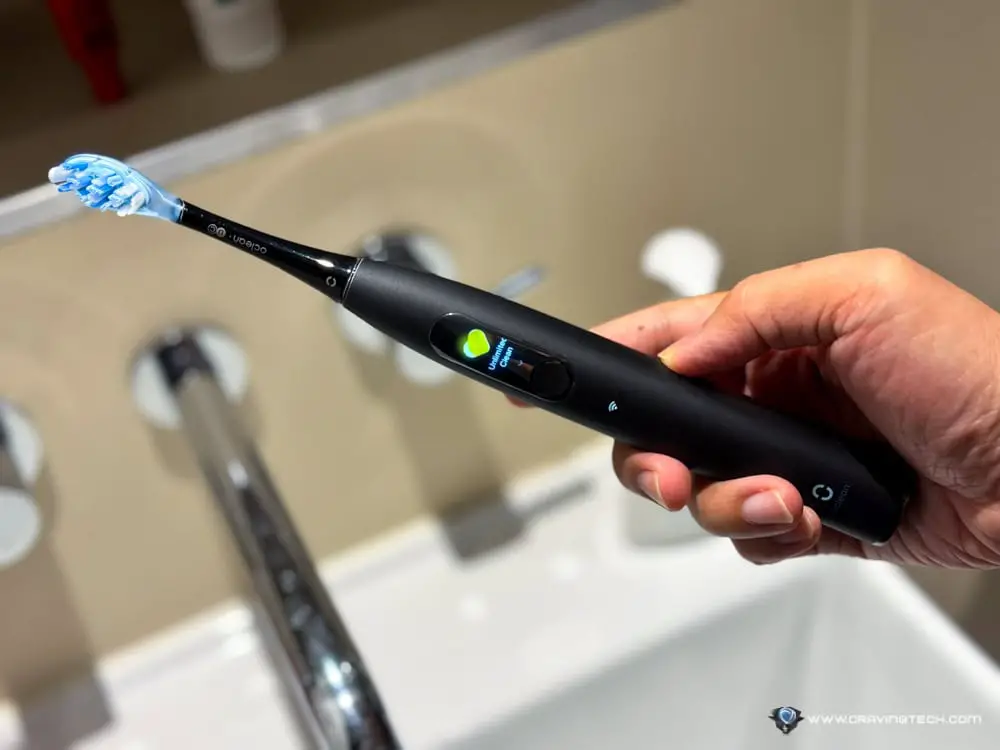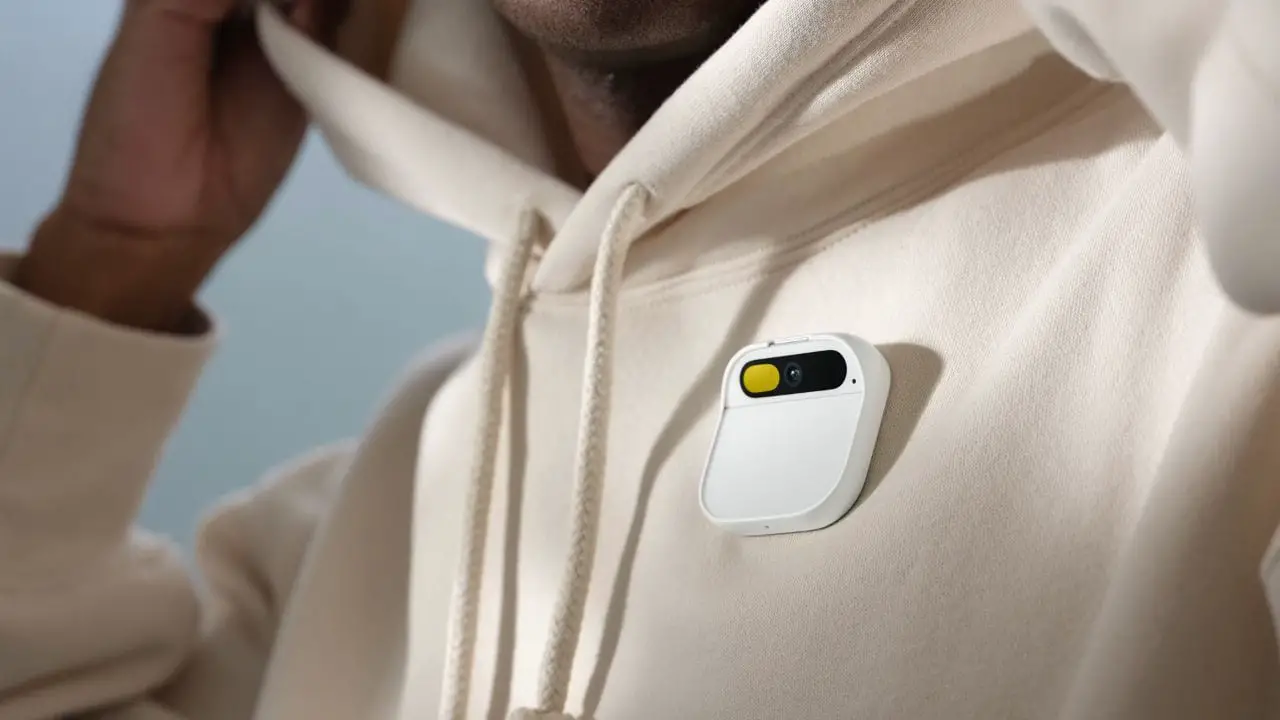
Screen breakage on a smartphone is everywhere, thanks to clumsy hands, huge phone dimensions, and carelessness in general. If you are lucky enough, your phone may survive the fall, no matter how high you seem to drop it. I dropped my iPhone on the stairs of a Melbourne tram the other day and it survived. A friend of mine, however, was not that lucky. She dropped it on a bathroom tile from her skirts’ pocket and the screen cracked. Weird, huh?
Corning Gorilla Glass 4 focuses on improving protection against sharp contact damage, which according to Corning scientist who studied hundreds of broken devices, is the primary reason why mobile device screens break (70% of the time).
New drop-test methods that simulate real-world break events were developed by Corning scientists to improve their Gorilla Glass line. The drop-test methods include dropping devices face down from one meter (similar to what happened to my friend that I explained earlier).
From the tests, Gorilla Glass 4:
- proves to be up to 2x tougher than competitive glasses. Soda-lime glasses (which exists in many of today’s commercial devices, breaks nearly 100% of the time)
- survives up to 80% of the time
Gorilla Glass is well known and has been used by most tablet devices for years (since it was launched in 2007). In fact, the smartphone or tablet you have with you at the moment is most likely utilising Corning’s Gorilla Glass for screen protection.
The latest Samsung GALAXY Alpha features the 0.4mm thick Corning Gorilla Glass 4 (the first smartphone that features the Gorilla Glass 4). Recent generation smartphones like the Huawei Ascend Mate 7 and Oppo Find 7 that I reviewed, features the older Gorilla Glass 3.
The Gorilla Glass 4 seems to be the toughest cover glass yet at the moment and I’m sure we’ll be seeing it on many new devices to come. As tough as it may be, you should still be careful with your devices as there is no 100% guarantee it may survive the fall.
Disclosure: This post is sponsored by Corning but all opinions are 100% mine






